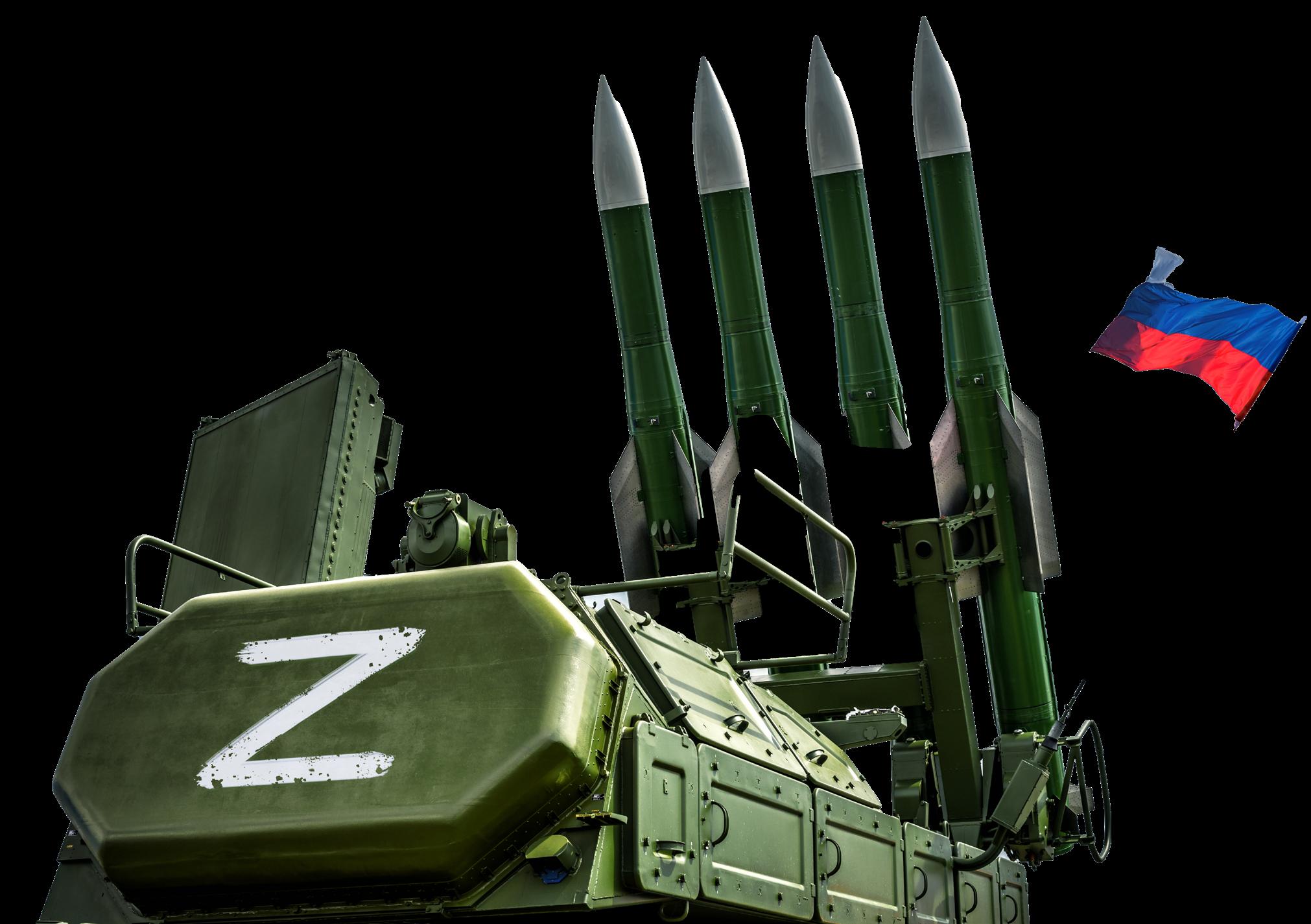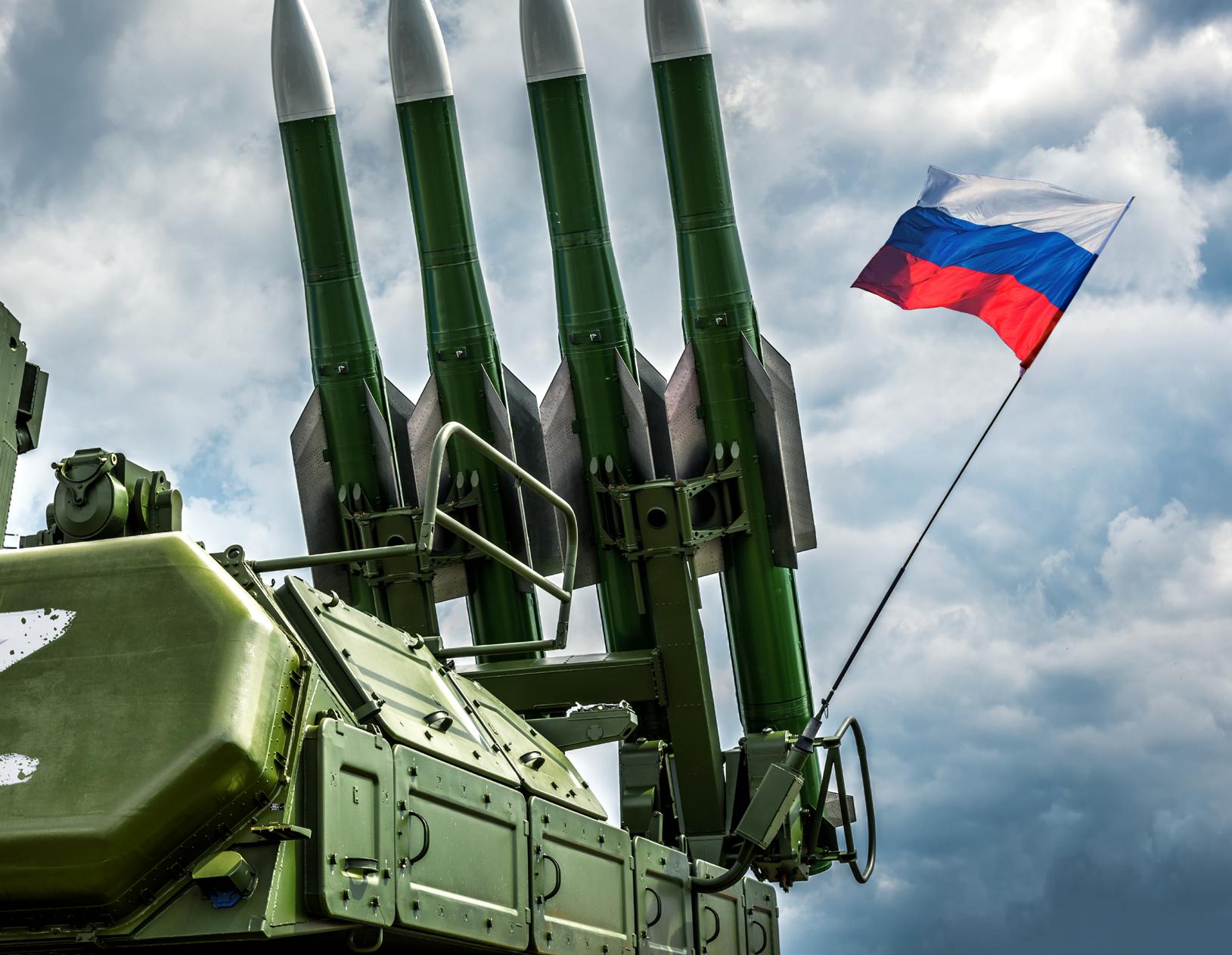




THERE has been growing media coverage questioning preparedness for war and resilience should Britain be attacked, either by conventional or hybrid means. This extends to recent numerous website and printed reports in The Sun, often viewed as a barometer of zeitgeist with its average daily readership of more than two million people, including interviews with senior officials from home and abroad warning of the potential for war with Russia. Whilst these continue to offer reassurance that NATO would ultimately prevail in any such conflict, notwithstanding the occasional reference to the potential for rapid nuclear escalation, there is a clear message that the country needs to do more in response to a growing threat.
Although the references have so far been brief, there would seem to be a possibility of increasing discussion about ‘Total Defence’ and whether its adoption would offer advantages for Britain.
Described most often as a security concept, this calls for the entire society integrating civil and military responses into a single approach which is managed and organised in its entirety by the government. Adopted by a few small, mainly non-aligned states during the Cold War – Switzerland, Austria and Singapore are all examples – it was generally agreed to have become irrelevant and largely abandoned or dramatically reduced at the end of that unfought conflict. This has been altered by the changed security architecture of Europe and the Indo-Pacific, as has been confirmed by recent CHACR
regional visits to Scandinavia where Total Defence once again appears an increasingly prominent element of national security policies. The nascent British media interest would suggest the potential for greater interest closer to home in this never fully tested approach but without an accompanying level of understanding about what is required to make it succeed. It is a nuanced and demanding concept and one that is complicated to apply effectively in order to achieve any clear benefit.
The concept has traditionally involved five key pillars each of which links to national defence: military; civil; economic; psychological; social. All sectors of society need to be mobilised to defend national interests, values and way of life. This support can be active or passive; recent
media reports from various Scandinavian states show that volunteer numbers exceed the current ability to generate formations but they also confirm that not everyone is excited about the prospect of national or civil service – although there is a broad acceptance that this is needed in response to the threat which now exists. The emphasis on psychological and social is vitally important as these help create the conditions for a more robust and resilient society which is better equipped to respond to increasingly complex challenges and threats.
With a long tradition of adopting Total Defence, Sweden is most often quoted as the example of how it can be best understood. Whilst its origins can be traced to the immediate post-Second World War period – even before
that with the 1944 Civil Defence Act – it was only the Russian annexation of Crimea in 2014 that reinvigorated what had become a largely abandoned approach. Sweden was not alone in viewing the end of the Cold War as being an end to territorial threat but, following a 2005 declaration that there were no remaining military threats in the Baltic Sea region, the army was reduced by 95 per cent, the navy and air force by 70 per cent each and all total defence planning was scrapped. A 70-year-old idea – described by two Swedish academics Jan Angstrom and Kristin Ljungkvist as “a useful deterrence strategy” – was embraced once again, albeit with a much broader threat spectrum and a broadened notion of security which reflects the “blurred lines between war and peace”. It has become an updated strategy to deal less with the existential threat of nuclear destruction and more the omnipresent threat of hybrid attacks and the still fully unknown impact of climate change and rapid technological development.
Conscription was suspended
“THE MEDIA’S INCREASED COVERAGE, ALONGSIDE THE CONTINUING CONFLICT IN UKRAINE, HAS LED TO A HEIGHTENED PUBLIC AWARENESS THAT, TO QUOTE THE SECRETARY OF STATE FOR DEFENCE AND OTHERS, THERE HAS BEEN A MOVE FROM POST-WAR TO PRE-WAR IN TERMS OF THE NATION’S SECURITY OUTLOOK.”
integration and resilience including protection of capabilities and supply chains. Yet it does not present an image of civilian and military working seamlessly to a common purpose. Now more than 20 years old, the Vulnerability and Security Study (Sårbarhets- och säkerhetsutredningen) has been built on only recently and what is referred to as the Swedish preparedness system now provides an updated network of crisis management and civil defence actors and agencies incorporating not just Civil Contingencies but Psychological Defence. A recent (March 2024) news broadcast suggested that Britain lacks even a dedicated war book or detailed level of planning to manage any future response to an attack from an external enemy.
Public opinion polls are
representative samples are just that. Extrapolating results to make claims at a societal level will always be speculative. The most recent YouGov survey (31 January 2024) which asked about the chance of a major world conflict in the next 20 years revealed 75 per cent of respondents thought it was somewhat or very likely; the average for these two combined responses is 66 per cent. Since August 2019 this same question has been asked on ten occasions and this was the highest total. It is worth noting that in the 18-24 age group the total for the most recent poll falls to 67 per cent with an average over the ten polls of 60 per cent. In an additional question, which asked specifically about the chances of another world war within the next five to ten years, 53 per cent across all age groups thought it
somewhat likely or very likely. 81 per cent thought the United States would be involved on the same side as Britain while 80 per cent answered Russia would be the enemy. Four other countries – France, Germany, Poland and Australia – were identified by a majority as also fighting alongside us. Nearly two-thirds of those polled thought that three countries – Iran, China and North Korea – would fight against us. There could be some concern about the responses when asked who would win as for each of the three options offered – Russia and allies, China and allies, and Russia and China and allies – the ‘Western nations’ were selected but for all three 43-48 per cent answered ‘don’t know’. The net conclusion though would suggest that the media’s increased coverage, alongside the continuing conflict in Ukraine, has led to a heightened public awareness that, to quote the Secretary of State for Defence and others, there has been a move from post-war to pre-war in terms of the nation’s security outlook.
The results of another YouGov survey, conducted earlier in January, showed 38 per cent of under-40s saying they would


refuse to serve in the armed forces in the event of a new world war and 30 per cent said they would not serve even if Britain was facing imminent invasion. Even amongst male respondents, who were generally more supportive than female, volunteers or those prepared to serve if called up in the event of Britain facing an imminent invasion only reached 47 per cent. With a growing frequency to reference historical parallels between the current period and the inter-war years, particularly the final period prior to September 1939 and the outbreak of the Second World War, this presents a worrying marker on the pathway to conflict. Instead of attempts to identify at which point Britain stands in terms of its defensive posture and military capability, this data instead perhaps points to the University of Oxford’s Oxford Union debating society February 1933 meeting where its motion that ‘this House will in no circumstances fight for its King and Country’ was passed by 275 votes for to 153 against. When war came Oxford undergraduates were quick to volunteer and the Oxford Union debated the same motion in 1983 and 2023 and in both cases there was a reversal in the outcome. Nonetheless, were there to be any attempt to develop a ‘British Way’ in Total Defence, the disconnect between threat consciousness and willingness to act would appear to be a potentially irresolvable problem.
Even for those more experienced in Total Defence, there are challenges. The more obvious are managing competition for resources, both manpower and equipment, and ensuring effective co-ordination and integration across various government agencies, as well as collaboration with the private sector and civil society. As the global pandemic should have demonstrated, the interconnected world which has become increasingly familiar cannot be absolutely depended

“SHORTLY BEFORE JOINING NATO IN 2022, WHEN ASKED THE QUESTION ‘IF FINLAND IS ATTACKED, WOULD YOU PERSONALLY BE READY TO TAKE PART IN NATIONAL DEFENCE TASKS ACCORDING TO YOUR COMPETENCES AND SKILLS?’, 82 PER CENT OF RESPONDENTS SAID ‘YES’.”
upon. States which are reliant on global supply chains to sustain their military organisations will find the requirement to be largely self-sufficient beyond them. And whether it is viewed as an idea, concept or a strategy, as has already been discussed, it relies entirely on the active participation and support of the public to make it work.
Total Defence would appear to represent a logical response to a more uncertain world, better marrying resource and capability constraints and the need to manage global presence with effective home defence in the face of apparently worsening threats. The Swedish approach is well established and appears to be universally accepted, even if some in the country question what it would be able to deliver in the face of an actual crisis. It is based on firm psychological foundations which, whilst there was a short period when it was not maintained, ensured a platform remained for constructing a revised concord which could then be reintroduced across a society already familiar
with the underlying principles. With Russia’s military end-state remaining, at best, ambiguous, there is a societal recognition that doing nothing is not a sensible option.
And in looking for routes to potentially follow, better still perhaps to examine in closer detail what could be seen as the ‘gold standard’, the Finnish Comprehensive Defence Concept (kokonaismaanpuolustus). Fully integrated at every level of society, Finnish defence forces are prepared to defend the country but they are also trained to cooperate closely with other defence and security actors. Civil preparedness includes contingency planning, crisis management, emergency response systems and public communication strategies. With a 1,340 kilometre long border with Russia and the last few remaining veterans of the Winter War still providing a reminder of what can happen, the country’s resolution can be best summed up by the untranslatable word ‘sisu’. Put another way, shortly before joining NATO in 2022, when
asked the question “if Finland is attacked, would you personally be ready to take part in national defence tasks according to your competences and skills?”, 82 per cent of respondents said “yes”. This figure has remained above 80 per cent since the question was first asked in 1995.
There are templates to hand and no shortage of historical warnings about the growing threat to European security and what happens when disruptors and dictators go unchecked. If behavioural scientists are engaging with British society, the evidence currently available suggests it may require all of their skills and imagination to nudge popular thinking. At the moment, the need not just for more defence spending but also a more logical and integrated approach to how national defence is maintained and managed remains a distant aspiration. The lived experience of Total Defence is available to study, most obviously as demonstrated by the two newest NATO members, but there are difficult lessons which will need to be absorbed.